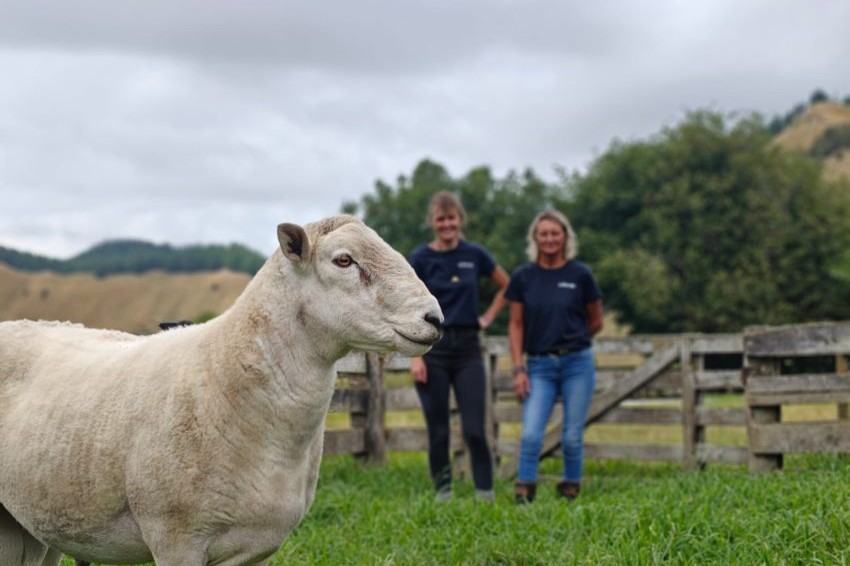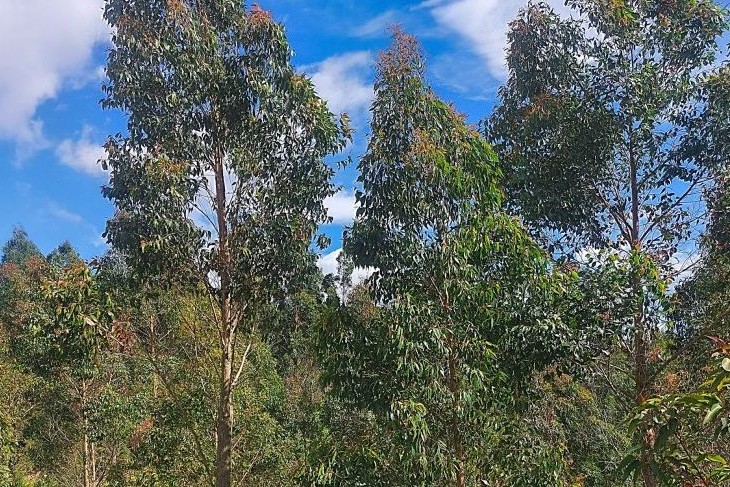Farm adviser and scientist Graham Shepherd felt the white paper on regenerative agriculture (RA) was not perfect but was a start, and he encouraged the need for research which had a biological component.
Shepherd, author of the Visual Soil Assessment Method, emailed through his response to comments made by New Zealand scientists who questioned aspects of the white paper on RA in the April issue of Country-Wide.
He said the initiative had to work within a budget which imposed limitations in terms of scope and thoroughness, but it was a start.
Shepherd is an independent farm adviser with his consultancy BioAgriNomics. He said he doesn’t hold a PhD, but has a Masters in Science from Waikato University and was employed by DSIR and Landcare as a scientist for 27 years.
He disagreed with Ravensdown chief scientist officer Ants Roberts’ claim that research in soil biology was still in its very early stages and its science was yet to be developed. Shepherd said there were many peer-reviewed text books and over 20 biological journals with a high impact factor, citing mycorrhiza and the European Journal of Soil Biology as examples.
“Many of our ag scientists are ‘chemically’ trained and such material was outside their area of interest and are unaware of their content,” Shepherd said.
Roberts said Shepherd was correct to call him out on the statement. Soil biology had been the subject of research for many decades, and with some notable outcomes such as the legume/rhizobia symbiosis, plant growth regulators like gibberellic acid and epichloë fungi (endophytes) which farmers and growers had been able to use successfully in their businesses.
“My comment was more related to the increasing understanding of soil microbiome and phyto microbiome functions and interactions which have yet to yield ‘fruit’ in terms of reliable, usable technologies,” Roberts said.
Roberts said it would be good to know who was researching soil, what they do and how we could utilise this to assist in sustainable food production.
“If they don’t earn enough money to pay their bills, then they don’t have a business.”
NZ Institute of Agriculture and Horticultural Science president Jon Hickford felt the many peer-reviewed text books and 20 plus biological journals should not be taken as evidence that we know a lot about soil biology. Rather, he said the number of journals and growth in interest in this area suggested we had a lot to learn.
“I also think science will play a key role in furthering our knowledge of soil biology and health,” Hickford said.
Shepherd said the soil is a triune – physical, chemical and biological, regrettably the chemical properties received too much emphasis in NZ.
“NZ is way behind many parts of the world in its understanding and appreciation of the role and benefits of the biological composition of the soil and it costs our farmers and the environment dearly,” Shepherd said.

Important role of soil biology
Agricultural scientist Doug Edmeades said Shepherd’s suggestion that NZ scientists have overlooked the important role of soil biology is nonsense.
In 1990, a group of NZ scientists developed a workable definition of soil quality. It included three soil tests to measure soil biology, two to measure the soil physical properties and two measuring soil chemistry.
These seven tests were used in soil surveys throughout NZ to assess soil quality. From 2014 to 2017, 461 samples were collected covering the major land uses and soil groups throughout NZ. The results showed 83% of the soil samples were within optimal target ranges. In the context of regenerative agriculture, all the tests used to measure soil biology were in the optimal range.
Shepherd said it was a question of the solubilisation of nutrients by soil microbes. There were many soil microbes that solubilised nutrients, for example P, which made them more plant available. He said if we invoked this understanding, farmers would not need to apply so much P which would be a cost saving.
A critical assessment on the ability of phosphate solubilising microorganisms (PSM) to enhance plant production was published in New Phytologist. Raymond et al. (2020). It reviewed 81 scientific papers on the ability of PSM to enhance plant production and concluded that PSM did not mobilise enough P to change the crop’s nutrition on farm. While these microbes solubilise P to meet their own needs it was the subsequent turnover of the microbial biomass which provided P to plants in the longer term. The authors also pointed out that PSM are unlikely to use energy to solubilise P in excess of their own needs when in a soil environment under intense competition from other microorganisms.
Roberts said it would be fantastic if farm soils provided an endless supply of nutrients. Soils which never had to be supplemented with any fertiliser nutrients and yet were highly productive and resilient. Producing highly nutritious, healthy plant and animal products with little environmental impact while profitably sustaining the farming family and local community.
“Unfortunately, this utopian vision and reality did not always align,” Roberts said.
Shepherd said there was overwhelming evidence, which showed the negative effect of dairying on the environment. But it was not dairying that was the problem, rather the advice given to dairy farmers.
Farmers are business people and ultimately have to make their own decisions. They have to balance the impact of their operation against many other things, not least the viability of their businesses, Hickford said.
“…if they don’t earn enough money to pay their bills, then they don’t have a business,” he said.
Hickford agreed with Shepherd, it was likely true that the chemical properties of soil received most attention, potentially because of the impact particular chemicals, namely derivatives of phosphorus and nitrogen, have on our waterways.
While it was convenient and easy to blame the dairy industry for the problem, that was a massive over-simplification, Hickford said.
Increasing use of nitrate
Phosphate use, especially in highly soluble forms like superphosphate, had been in decline since 2005. Nitrate was different and there had been an increase in the use of nitrogen-based fertilisers in farming, along with an increase in dairy cattle numbers and the associated urinary nitrogen output. In that respect measurements of total nitrogen, nitrate-nitrogen, and ammoniacal nitrogen varied across NZ.
From 2013-2017 median measured total nitrogen concentrations were 10 times higher in urban areas and six times higher in the pastoral areas, median nitrate-nitrogen concentrations were 22 times in urban areas and 11 times higher pastoral areas, and median ammoniacal nitrogen concentrations were seven times higher in urban areas and two times higher in pastoral areas, compared to undeveloped native land cover. These figures are available (see www.stats.govt.nz/indicators/river-water-quality-nitrogen).
Shepherd said there had been many criticisms of the effects of doing things a bit differently on farms, “Farmers, however, are very good at making observations. They know if something works or not,” he said.
This observational evidence was often dismissed as anecdotal but “seeing is believing,” Shepherd said.
Many things could be observed, but the progression of science was never based on a single observation, Hickford said. Science required things to be repeatable and reliably so, and good science progresses based on the ‘weight of evidence’.
Shepherd felt attempts to publish material of farmers doing things differently on their farms had been stymied. Hickford said, if this was true, he would hazard to say that the material was of sufficiently poor quality as to have been deemed unpublishable. He did not think there was a conspiratorial approach to blocking certain types of science, with the exception of those things that are deemed too unethical.
- Shepherd’s original email: https://country-wide.co.nz/regen-ag-white-paper-is-good-research/





